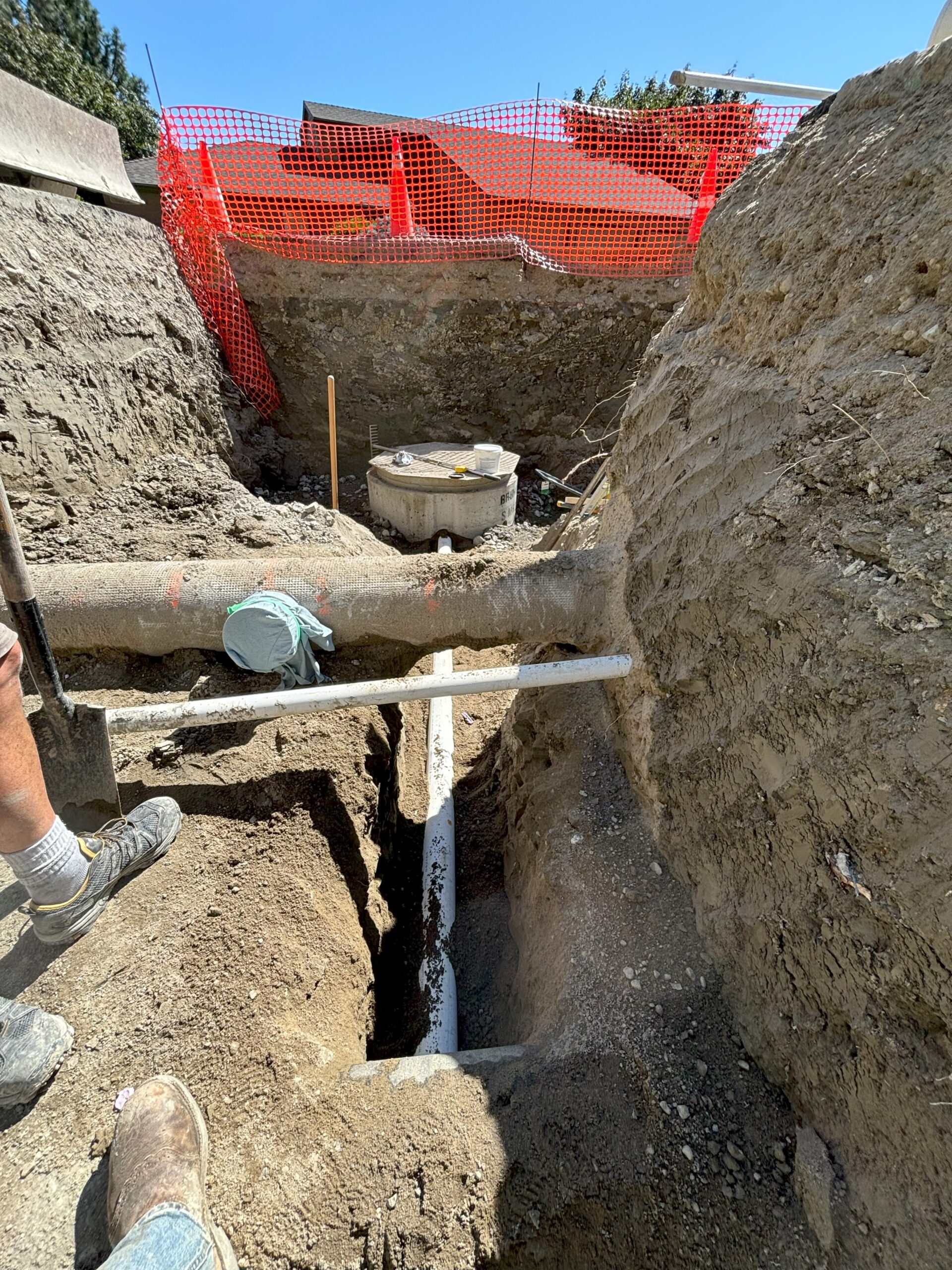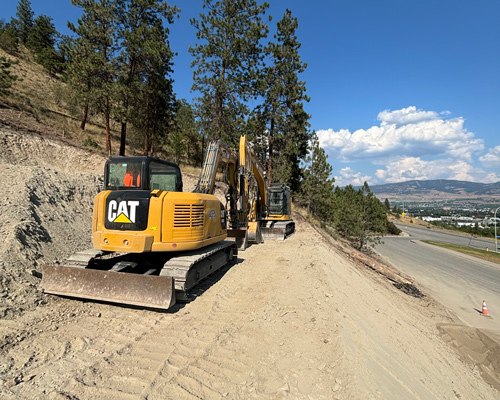Connecting to the main sewer line is a critical step in any residential or commercial build—and it needs to be done right. At Stinger Contracting, we offer expert sewer tie-in services across the Okanagan that ensure your property is safely and legally connected to local infrastructure. Whether you’re building a new home, expanding an existing structure, or upgrading from septic, our team handles the entire process from excavation to inspection. We follow all municipal requirements and safety protocols so you don’t have to worry about delays, fines, or future plumbing issues.
With us, your sewer connection is done clean, done right, and done on time.

Sewer work may not be glamorous, but it’s one of the most important parts of any project. That’s why we bring precision, compliance, and communication to every job. We coordinate with your builder, city inspectors, and utility providers to make sure everything lines up—literally and legally. Our experienced crew uses the right tools and techniques to dig safely, avoid utility conflicts, and complete the connection with minimal disruption.
For homeowners, builders, and developers across the Okanagan, we make the sewer tie-in process easy, fast, and stress-free.
We follow a proven process that meets code, protects your property, and keeps your project moving forward:

We review your building plans, locate existing utilities, and help secure the necessary permits for a legal sewer tie-in.

Using precision excavation, we expose the main line, connect your system securely, and ensure all materials and slopes meet local requirements.

Once the connection is complete, we coordinate inspections and backfill the area with care, leaving your site clean and ready for the next phase.
Yes. All sewer connections require permits and inspections. We handle the coordination and help guide you through the approval process.
Yes, if city sewer is available in your area, we can disconnect your septic system and complete a full sewer tie-in.
Most residential tie-ins are completed within 1 to 2 days, depending on depth, soil conditions, and access to the main line.
